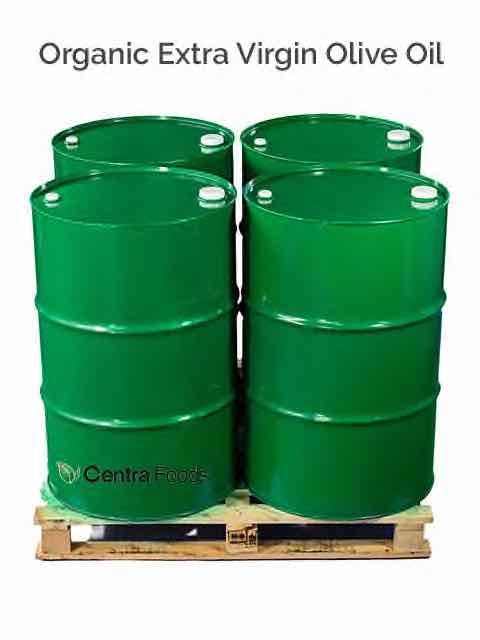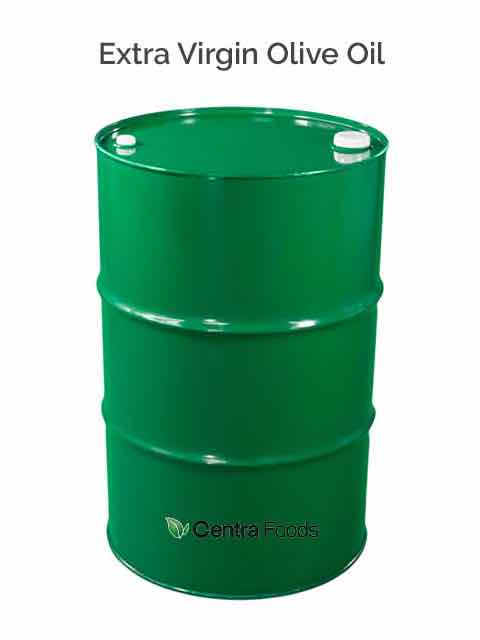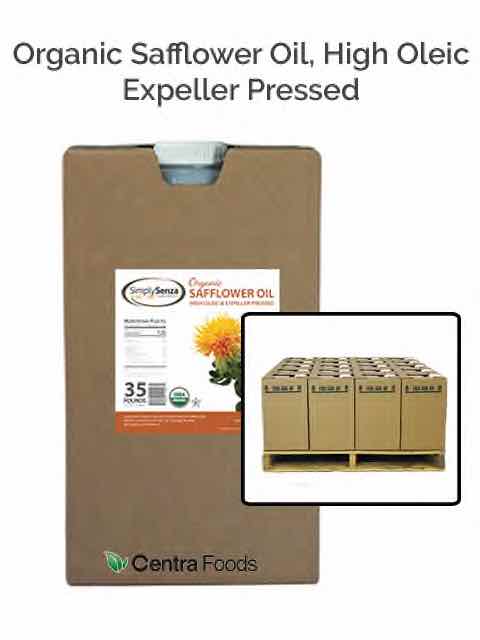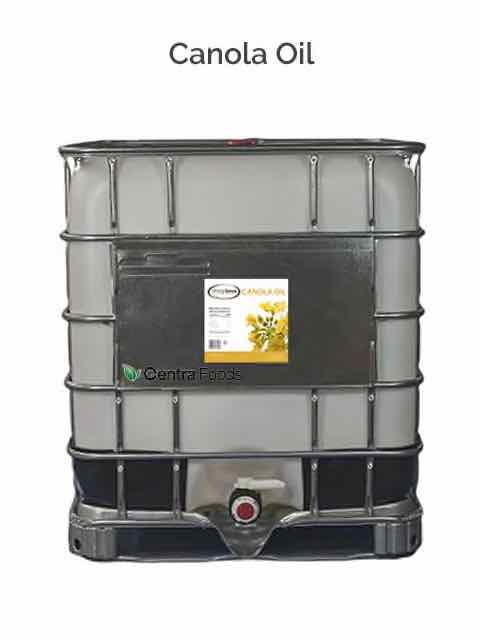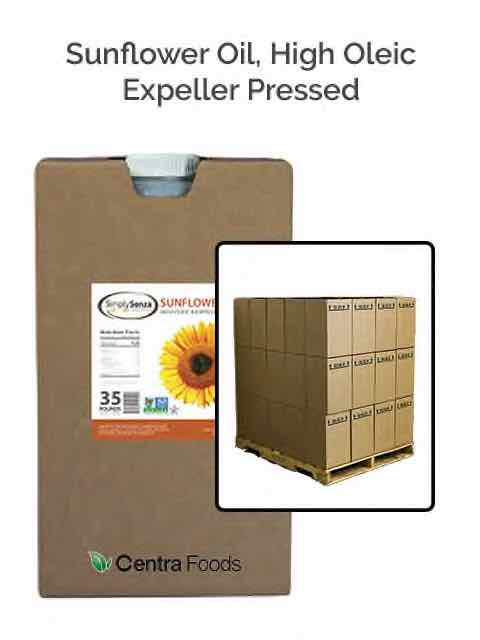The USDA Organic and the Non-GMO Project Verification are two distinctly different quality seals, though they both address somewhat related quality control concerns.
The USDA Organic Seal
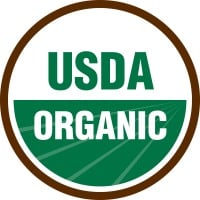 The USDA Organic Seal is the quality assurance program that is run by the United States Department of Agriculture as a part of the national organic program (also known as the NOP).
The USDA Organic Seal is the quality assurance program that is run by the United States Department of Agriculture as a part of the national organic program (also known as the NOP).
It is a traceability certification that proves that a manufacturer or supplier has documented and ensured that all of their inputs are organic, as well as that they have a facility that has been set up to ensure traceability and avoid cross contamination.
Non-GMO Project Verification

The Non-GMO Project Verified™ seal is offered by the Non-GMO Project, an independent non-profit verifier. By applying their seal to a product, they aim to show which products have used industry best-practices for GMO avoidance.
Their seal helps consumers to understand which products have been documented to use best non-gmo practices, and which may still be using unverified, conventional or genetically modified ingredients.
The Similarities Between The Two Seals
Both quality seals relate to issues of quality, traceability and cross contamination. They also each include three primary systems that they review:
1. Ingredients / Supply Chain
2. Facility / Manufacturing
3. Product Packaging
Ingredients / Supply Chain
Both seals will need to see documentation that proves that all of your ingredients are either organic or non-gmo. They will also need to see documentation from your suppliers with information on every input, including packaging and raw ingredients.
Facility / Manufacturing
Both seals will require a facility audit that will review your written policies concerning health and safety, as well as review your traceability and cross contamination prevention practices that you have in place. They will review your production lines and make sure that everything in your warehouse is “up to snuff”.
You’ll need to have detailed written procedures already in place that include lot coding for all incoming ingredients and packaging, as well as all outgoing products. The organic certification seal will also require that you use only organic-approved cleaning supplies and production equipment.
Product Packaging
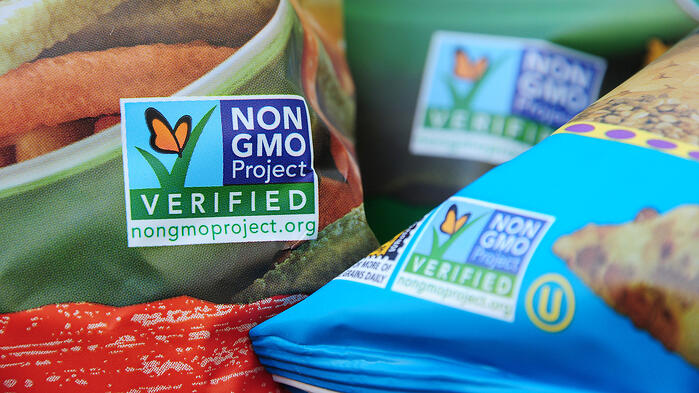
Both seals will require that your marketing team makes proper use of their seal on any product packaging. They will want to confirm that the correct colors and minimum size of their logo is used, and that any other quality-related wording is correct.
On the organic packaging, you’ll need to make sure that the “certified organic by…” statement is worded correctly and in the right place, and that you use the correct organic wording on the front and on the ingredient statement (100% certified organic, certified organic, or made with organic ingredients).
On the non-gmo packaging, you’ll also need to make sure that you use only approved wording (for example, you can’t say “GMO-Free”).
Organic = Non-GMO But Non-GMO ≠ Organic
Keep in mind that products that are organic certified are automatically non-GMO (by definition, organic products can not contain GMO ingredients), but non-GMO products are not automatically organic. This doesn't mean that they're Non-GMO Project Verified™ automatically -- just that they won't contain GMOs.
Therefore, if you are certified organic, it will be much easier to become Non-GMO Project Verified™, because you should already have the traceability measures in place that you will need.
Topics: Organic, Quality Control, Non-GMO


